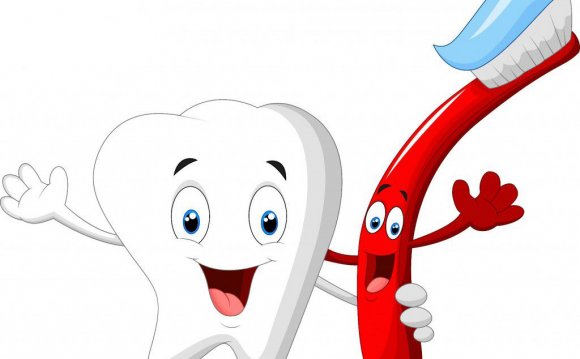
First, let’s understand what “whitening” means. Some people refer to a material that “brightens” teeth. This material tries to take off the surface stains on the enamel, making the teeth “brighter”. These could be a highly abrasive toothpaste, for example.
For true whitening, you need a chemical (usually a form of oxygen) that will penetrate the enamel, get into the dentin and then attack the pigments in the dentin that gives the tooth the characteristic darker or more yellow color. This is “whitening”, also known as “bleaching”.
The 2 leaders in the field are sold to the dentist under the brands “Opalescence” (by a company called Ultradent), and another one is “Zoom” (for whitening in the clinic) and Day White or Nite White (now by Philips and formerly by Discus Dental) for “take home” whitening. Whether they are the “best”, that is something that is a personal preference. They all come in different strengths and different time required to reach expected results. Each has its advantages and disadvantages, but that depends on what you would like.









